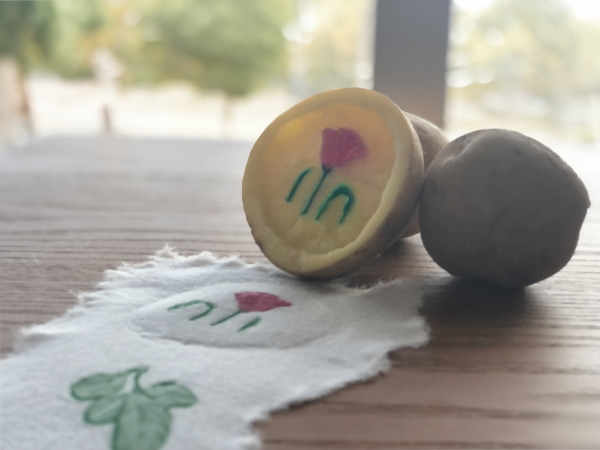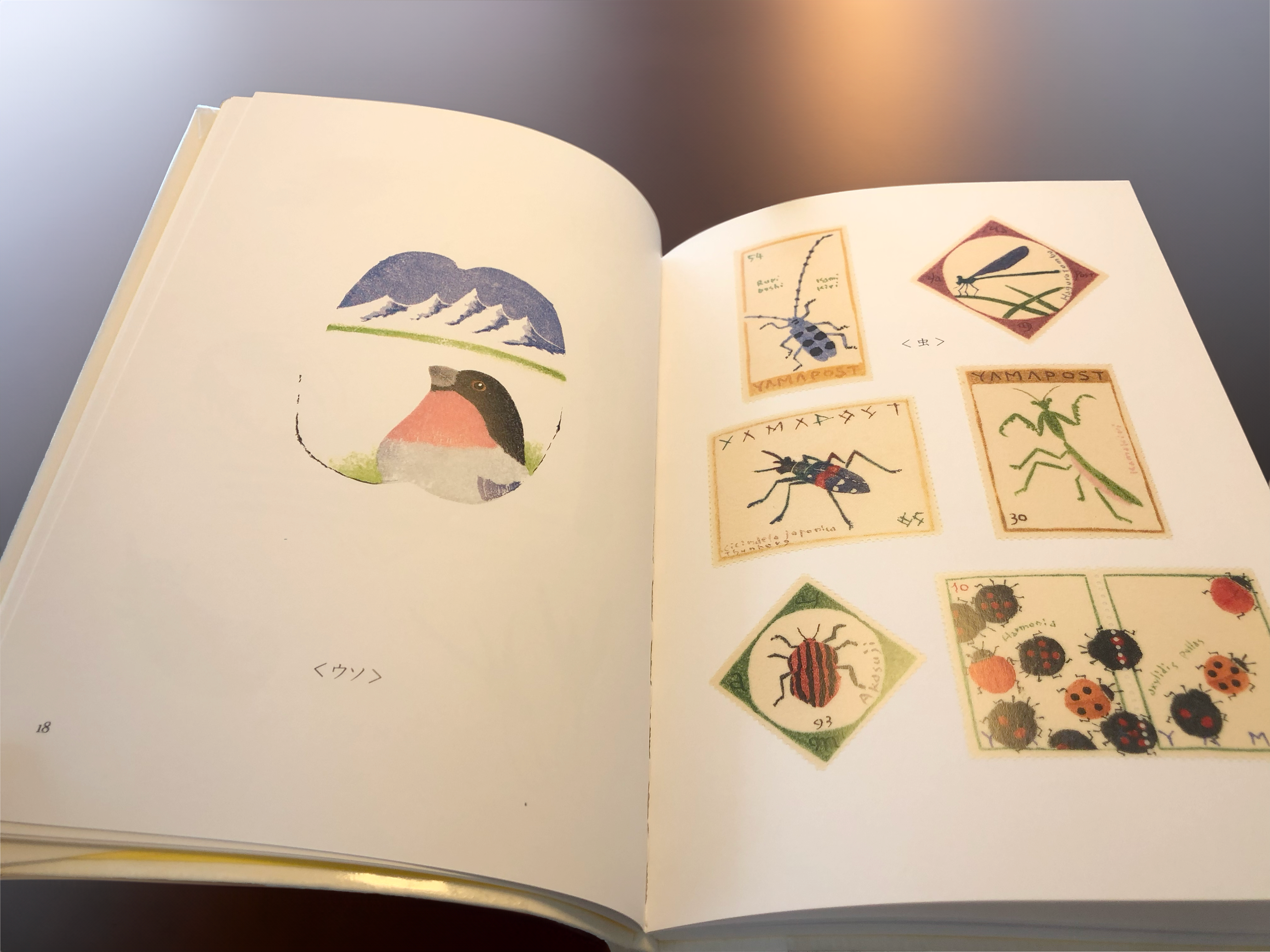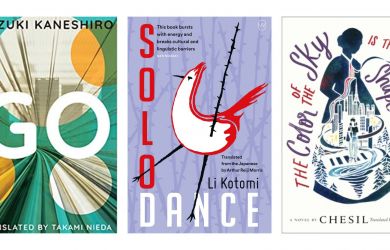
December 12, 2023
The Ancient Japanese Art of…Potato Prints?
The 84-year-old Japanese printmaker using potatoes in art
The potato, a root vegetable found in almost every supermarket in Japan (and probably your kitchen pantry), has a secret beyond its culinary uses. Shinji Yamamuro, an 84-year-old artist and printmaker from Yokohama, uses ordinary potatoes to craft delicate prints of fruits, animals, plants, and more. Discover the depth and joy of the potato, and how you can make your very own potato print at home.
The Potato’s Journey to Japan
In the early 17th century, the potato traveled from its native South American lands all the way to the shores of Japan. European ships carried these odd tubers to the Nagasaki harbor, where they would begin to flourish during the Meiji era. In times of poor rice harvest, the potato became a valuable food source for its nutrition and ability to grow in cold environments. These spuds thrived in Japan’s soil and climate, developing different traits and tastes. Today, potatoes are a significant crop in Japan, with a majority of the nation’s potatoes coming from Hokkaido.
The origin of the potato’s use in printmaking is shrouded in mystery, but this novel art technique was likely born from its abundance, affordability and simplicity. Japanese elementary schools embraced the potato in art crafts, teaching children how to create their own printed cards for New Year’s Day.

Shinji Yamamuro’s Potato Prints
Shinji Yamamuro is an 84-year-old artist whose passion and mastery of potato prints have endeared him to the world of printmaking. His fondness for potato printing began in Hokkaido, where he stumbled upon postcards featuring woodblock prints by Sumio Kawakami and a curious print by Tokio Kagawa. While he was already familiar with woodblock printing, it was the first time he encountered the beauty of potato prints.
Kagawa’s prints depicted Hokkaido’s local animals and agriculture, exuding a simple yet earthy charm. Although these prints were mostly monochromatic, Yamamuro was astounded by their warm, organic feel. What fascinated Yamamuro even more was that Kagawa’s prints were crafted with potatoes.
At first, Yamamuro imitated Kagawa’s style. Over time, his motifs—fruits, flowers, plants and animals—balanced clarity and softness in a special way. His prints were simplistic yet colorful and refined, incorporating multicolor printing techniques and capturing the texture of potato skins. He began collaborating with authors and artisans, creating books with print illustrations and writings. Poets often reminded him to “never forget the taste of potatoes.”
Potato Printing Process
Unlike woodblock printing, the printing plate for this art form is a raw potato half, which gradually shrinks, loses moisture and decays. Aligning prints to layer colors or build complex images is also a challenge. However, the potato’s starch and moisture mix beautifully with the paint, creating the soft, comforting expressions found in Yamamuro’s prints.
Potato printing can be accomplished using materials and tools readily available in most households. For Yamamuro’s workshops, artists simply need to collect a pen, paper, paint, potatoes, and a small cutter. The process involves slicing a potato in half, tracing and carving your design, applying paint and stamping it onto your chosen surface. For best results, one should select a firm potato that is blemish-free, use a water-based pen for tracing and paint with opaque watercolors.
Yamamuro’s expertise extends to more advanced techniques, such as combining different prints and creating sizable works of art. In his teachings, he illustrates how to achieve effects found in ukiyo-e (traditional Japanese woodblock prints), such as distinct outlines and blurred skies. He also encourages artists to not limit their imaginations; while potato prints are great for crafting cards, one should experiment on fabrics like shirts, handkerchiefs or tablecloths, exploring colorful patterns and portraits.
Potato Print Portraits of Kokeshi
Shinji Yamamuro’s recent exhibit, “Portraits of Kokeshi,” showcased a collection of traditional Japanese kokeshi dolls through potato prints. Through Yamamuro’s eyes and hands, visitors could experience each doll’s history and personality, with each print named after a kokeshi dollmaker.
At Kokeshi Expo 2023, Yamamuro released his limited edition hand-bound book, “My Collection Kokeshi,” filled with lovely potato prints and writings on kokeshi dolls. If you’re lucky, you might discover one of his books at “Mori no Koto” in Nishi-Ogikubo, Tokyo, including a signed copy of “Potato Prints: My Potato Print Technique.” Yamamuro’s books remind us that, with a bit of paint, imagination, and a good potato, you too can experience the joy of potato printing.







